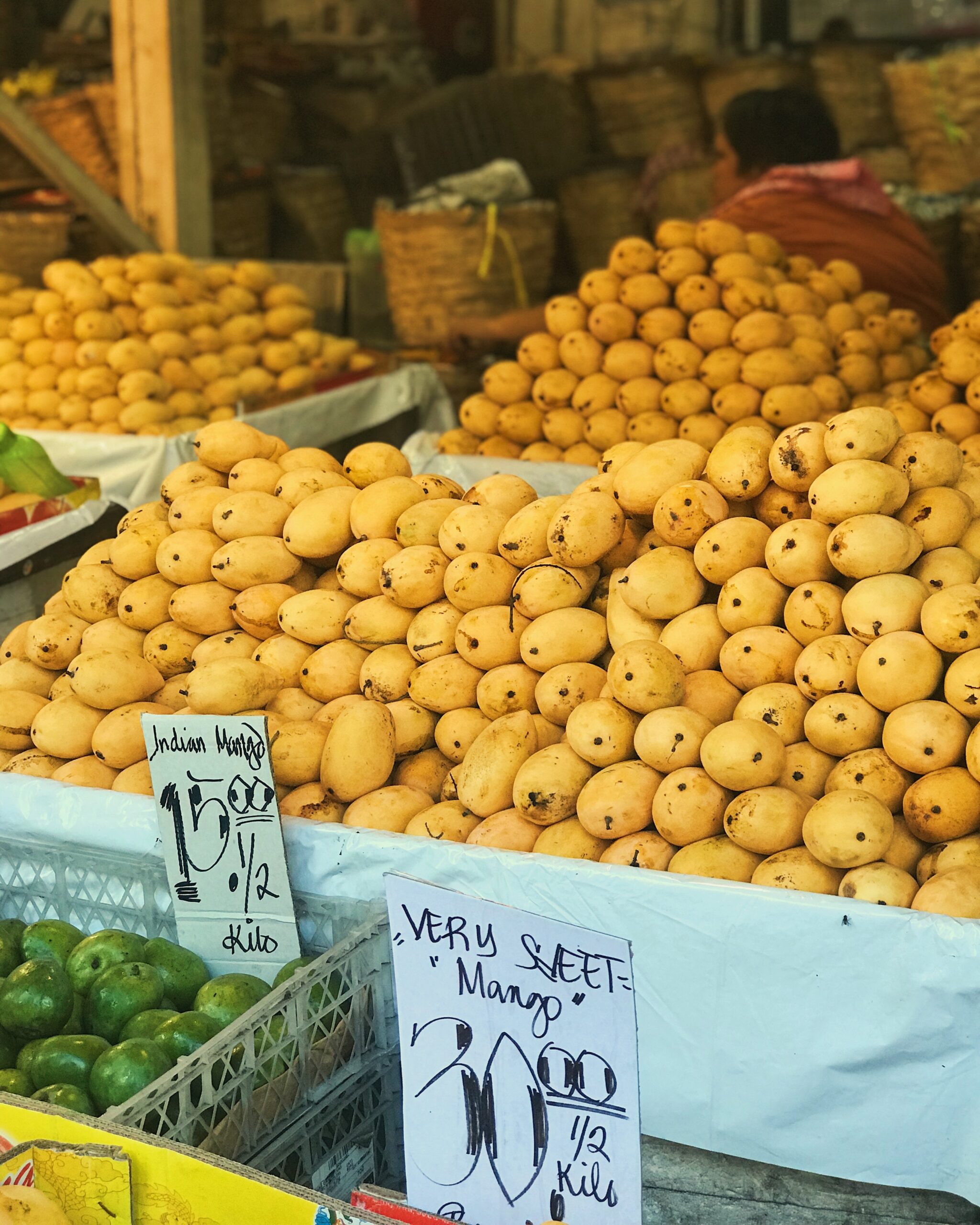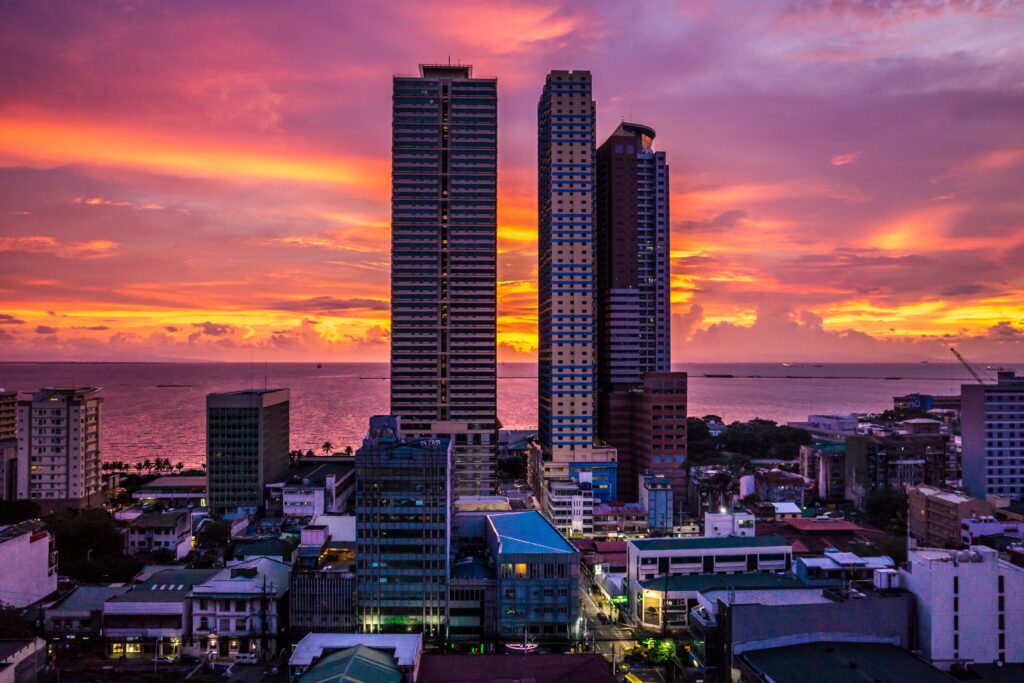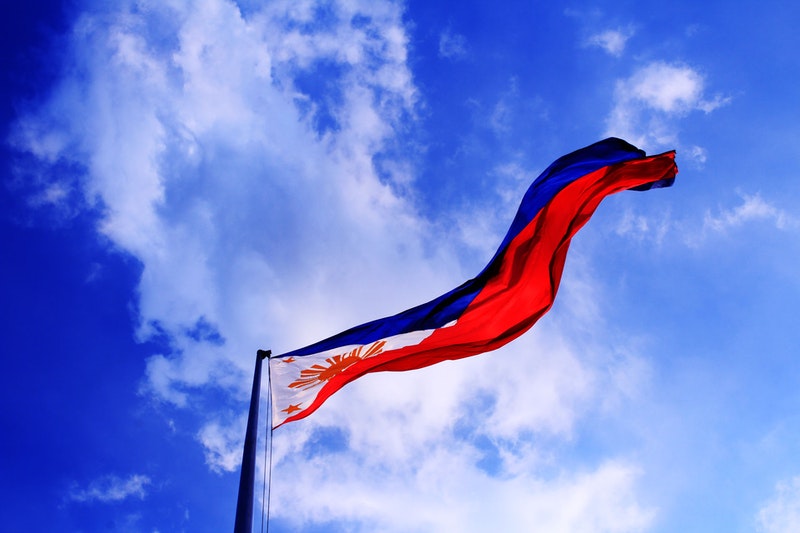Philippines the most Mexican country in Asia


A little history about the Philippines and Mexico
From the late 1500s until 1898, Spain controlled the archipelago, instituting fierce Catholicism and Hispanic culture in the South-East Asian nation. Strangely enough, Mexico and the Philippines share a common history, as well as traditions, words, and customs.
Because of this, for more than two centuries both, nations were part of the Spanish Empire. In 1543 the explorer Ruy Lopez de Villalobos traveled from the port of Barra Navidad in Jalisco to the islands to complete the conquest.
In that second Spanish expedition, the archipelago was named the Philippines in honor of Philip II. In 1565 the navigator Andres de Urdaneta discovered and documented the Tornaviaje, the maritime route to return from the Philippines to Mexico in an expedition to the Asian country departing from the port of Barra de Navidad.
However, the full conquest of the Philippines was achieved under the claim of Miguel Lopez de Legazpi, who also founded the city of Manila in 1571.

Cultural exchanges between Mexico and the Philippines:
For more than two centuries, the galleon allowed the mixing of cultures between Mexicans and Filipinos, the exchange of spices and art, and the creation of a twinned culture. And not only is the relationship with Spanish, since there has been such a strong commercial relationship with Mexico, but the Philippines also adopted several Nahuatl words, and one or another word traveled in the opposite direction.
For example, the word Parian which means “Chinese Market” is a word from a small town called Tagalog from Luzon Island in the Philippines, Parian is a type of commercial center that began to be built in Mexico in the XVII century, in which many fine products were sold, such as silks, fabrics, shoes, pearls, spices, coming from Manila. Due to the great cultural exchange, Mexicans and Filipinos share more than just being run by the same government. It is even debated whether some products are from the Philippines or Mexico. Here are some of them:
Firstly la guayabera, is very similar to the barong Tagalog, a male shirt from the archipelago, and also the Philippines inherited the style of some of its rebozos from Mexico. The Filipino people are also very catholic and they share their devotion to the “La Virgen de Guadalupe” who is not only the patron saint of Mexico, she is also the patron saint of the Philippines.

Moreover, the Philippine gastronomy also has its variety of tamales and the delicious manila mango, widely consumed in Mexico, is of Philippine origin, and also in Mexico, la Tuba drink of Philippine origin, has been fully integrated into the culture of the states of Colima, Guerrero, Jalisco, and Michoacán, the method of preparation of this drink is similar to the Philippine version; the pure, as it comes out of the palm, or compound when it is mixed with different fruits such as apple, hibiscus flower, cucumber, and dried fruits like peanut and groundnut.
And something very particular is that Filipinos speak about five thousand words of Hispanic origin and many words of Nahuatl origin, such as “tianguis” or “zapote”. All these cultural traits make the culture of these two countries particularly linked.

But if the Philippine colonial era is as long as that of Latin American nations, why is it not a Spanish-speaking country?
This is mainly due to the English language’s subsequent dominance across the islands as a lingua franca throughout the 20th century. After the Philippines along with Cuba, Guam and Puerto Rico fell under United States rule-following America’s victory in the 1898 Spanish-American War, English was instated as the language of instruction throughout the expanded American empire.
The Cervantes Institute estimated that at the beginning of the 20th century, there was an estimated 60 percent of Filipinos spoke Spanish as their second language. But by 1987, Spanish in the Philippines was de-listed as a co-official language, alongside English and Filipino.
Currently, only about 0.5 percent of the Philippines’ 100 million-strong population speaks Spanish; however, it’s still home to the most number of Spanish speakers in Asia.
But linguistically, the roots of Spanish have not entirely left the Philippines, as a third of the Filipino language is derived from Spanish words, constituting some 4,000 “loan words”.

The Tagalog
This legacy is evident right from the get-go, as ‘hello’, (kumusta) is derived from Spanish’s ‘how are you?’ (cómo está). However, before, after, and now there is a passive knowledge of Spanish, as 30% of Tagalog comes from Spanish.
“What is put on the table, the clothes, the days of the week, the months of the year… all that and more are in Spanish”.
And what about the Chabacano
Now, if you want a living relic of the centuries of Spanish rule, just listen to the Chabacano.
This language that the natives invented to understand the Spanish foremen became their way of communication, today it is mixed with Tagalog, English, Bisaya, Ilongo, or dialects of the Muslim tribes so that now no more than 60% of their lexicon.
It is important to know that Chabacano is not a language of the street or the lower class, but everyone. It may have been in the past, but now it is different. The problem is that “spelling and grammar have not yet established their rules because it has been an eminently oral and unwritten language”.

What is the current status of Spanish in the Philippines?
Over the past decade, the Philippines has become the world’s call center hub, with more than 1.2 million employees generating about 9 percent of the country’s GDP. The Philippines have overtaken India as the world’s largest source of call center employees such as Oracle or IBM, that telephone customers in the United States, where almost a million Filipinos work. Being bilingual in Spanish and English presents great economic opportunities, allowing better salaries and better job opportunities, especially for young people in their 20s and 30s.

Proof of this is the growing demand for Spanish language courses in the country to teach Spanish to the staff of Philippine companies related to the Spanish-speaking world. Equally illustrative is the high demand for Spanish courses for civil servants by the Philippine Ministry of Foreign Affairs.
Filipinos need Spanish to understand their history, and Spanish enables them to be more competitive in a globalized world. Spanish in the Philippines has ceased to be the mother tongue of a minority, but the preferred language that many Filipinos freely choose to learn.

It is for precisely this reason that Spanish is becoming an increasingly useful language in this globalized world, which can help you in your professional and personal life, take advantage of all the opportunities that Spanish has to offer, and start learning Spanish online from anywhere in the world, and the best thing is that you can learn Spanish in the variant of your choice, and if you feel a connection with Mexico Wara-Wara Online School offers the opportunity to learn the Mexican culture and the Mexican Spanish variant, the most spoken in the world.
So take advantage of your time and get into the culture of this beautiful language and why not give a boost to your personal life or professional career, after all, learning a foreign language always adds up in all areas of our lives.
So ready to start this challenge and start learning Spanish?




